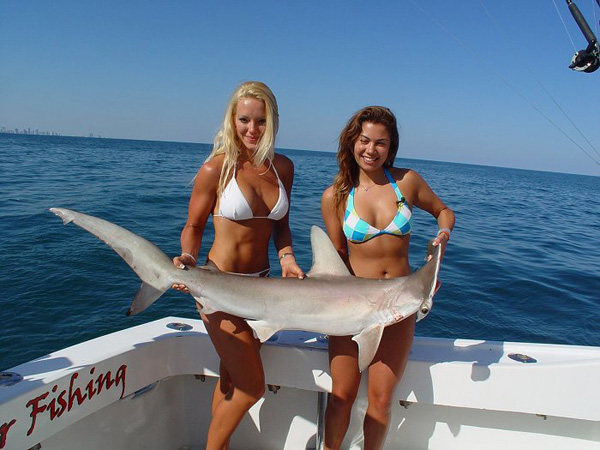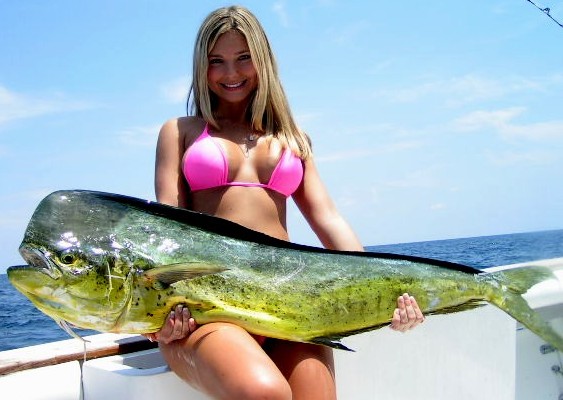- California market squid (Loligo opalescens) - Market squid live in shallow waters close to the shorelines in the eastern Pacific Ocean, from Mexico north to Alaska. They are plentiful in the waters of Monterey Bay, California, where they've been harvested by fishermen since the 1800s.
- Common European squid (Loligo vulgaris) - European squid can be found in the Mediterranean Sea and eastern Atlantic Ocean. They live in depths of 65 to 850 feet (20 to 250 meters), and are typically small, weighing about 3.3 pounds (1.5 kilograms) and measuring 16 inches (42 centimeters) long.
- Caribbean reef squid (Sepioteuthis sepioidea) - As their name suggests, these squid live in the Caribbean Sea, as well as off the Florida coast. The torpedo-shaped squid more closely resemble cuttlefish than squid -- they are wider and have larger fins than most other squid varieties.
- Members of the oegopsida suborder live out in the ocean and deep sea. They have no cornea over their eyes, and their tentacles are lined with suckers and/or hooks. Here are a few common varieties of the oegopsida suborder:
- Shortfin squid (Illex illecebrosus) - Shortfins live in the Atlantic Ocean, from Florida to Newfoundland, Canada. These squid have a longer-than-normal migratory period. They travel south to place their eggs in warmer waters.
- Deep-sea luminescent squid (Taningia danae) - The deep-sea luminescent squid live in depths of up to 3,000 feet in the North Atlantic, and off the coasts of Bermuda, Hawaii, Japan, Australia, and New Zealand. To survive in its pitch-dark surroundings, this type of squid creates its own light -- (bioluminescence), created by organs called photophores. The Taningia danae gets its name from the Danish research ship, Dana, which in 1931 caught one of these squid off the coast of the Cape Verde Islands.
- Humboldt squid (Dosidicus gigas) - Humboldts live in the eastern Pacific. These enormous creatures have earned the nickname "red devil" for their red skin and the ferocity of their attacks. They are merciless with their prey, and have even been known to go after sharks. The Humboldt squid grows at an amazing rate -- by adulthood, it can reach 7 to 15 feet in length and can weigh as much as 100 pounds.
 |
| That this type of danger to be friends |
In the depths of the Atlantic and Pacific Ocean, pairs of glowing red eyes cut through the gloom. They belong to the vampire squid from hell (Vampyroteuthis infernalis), part of its own squid order -- Vampyromorpha. The vampire squid's sinister name comes from its appearance -- it has red eyes, a black body and webbed arms that resemble Dracula's cape. Despite its intimidating appearance, however, the vampire squid is actually quite docile. It sits motionless in the water until its prey approaches, and then it catches the food in its webbed arms.

















No comments:
Post a Comment